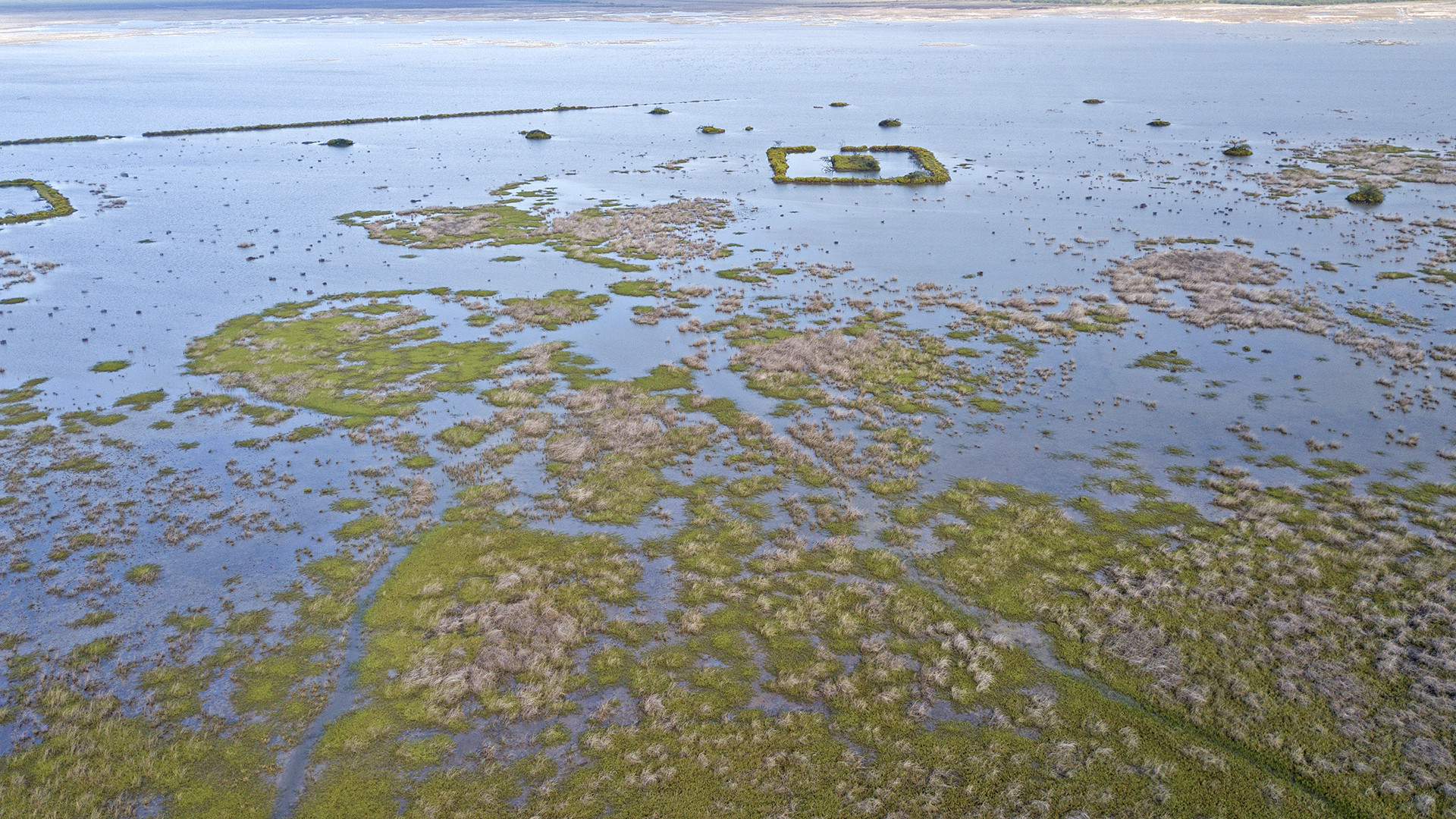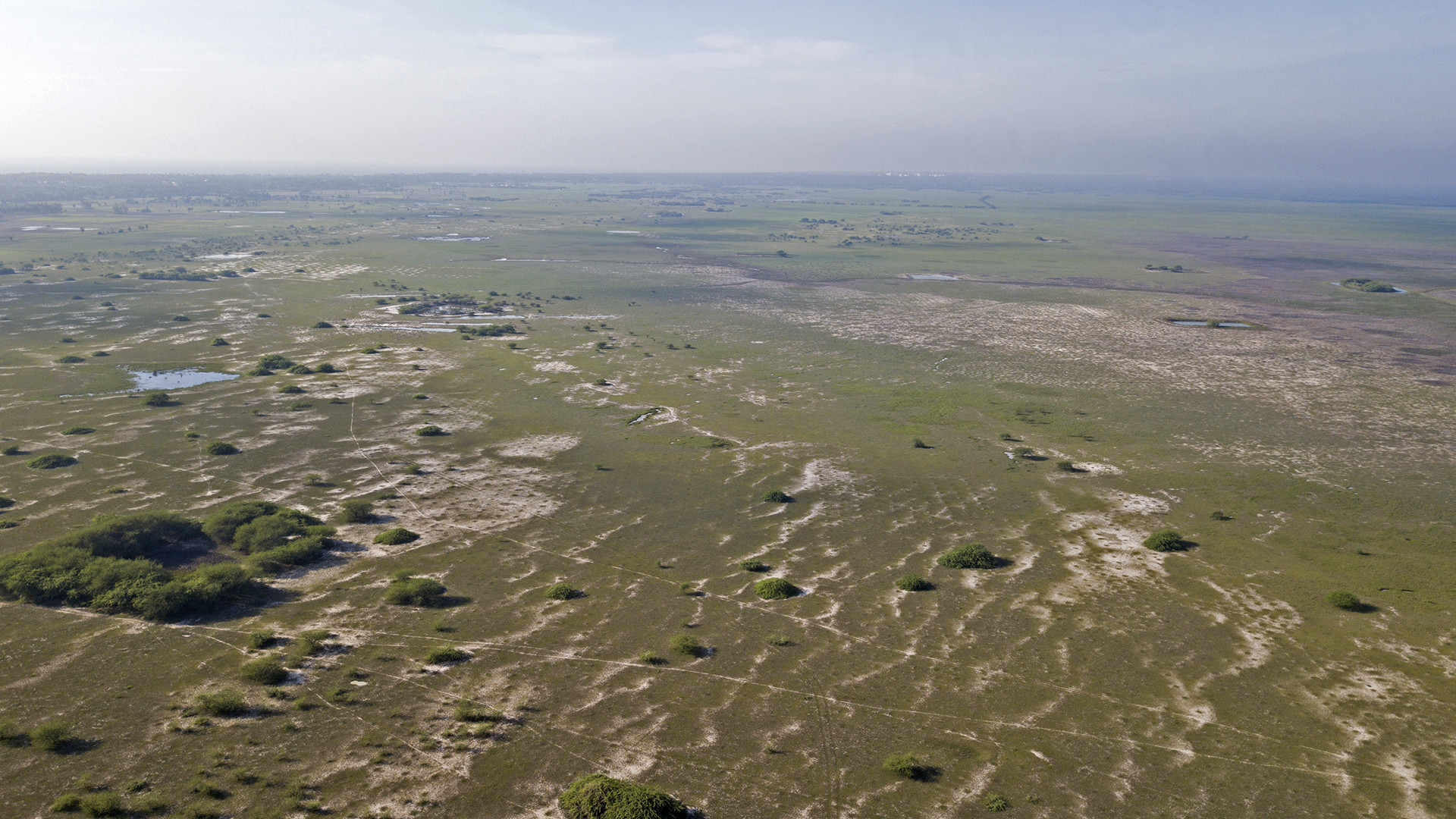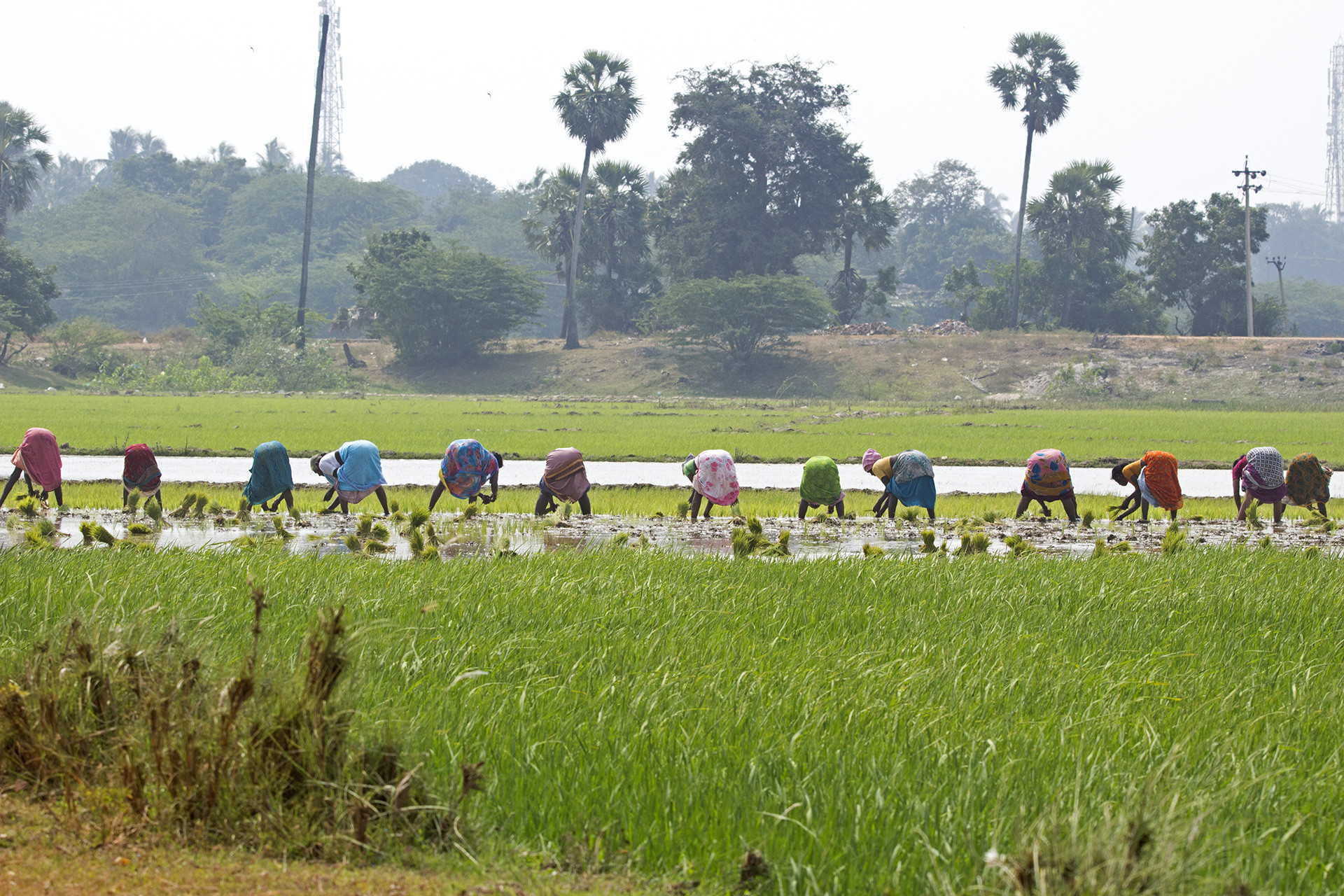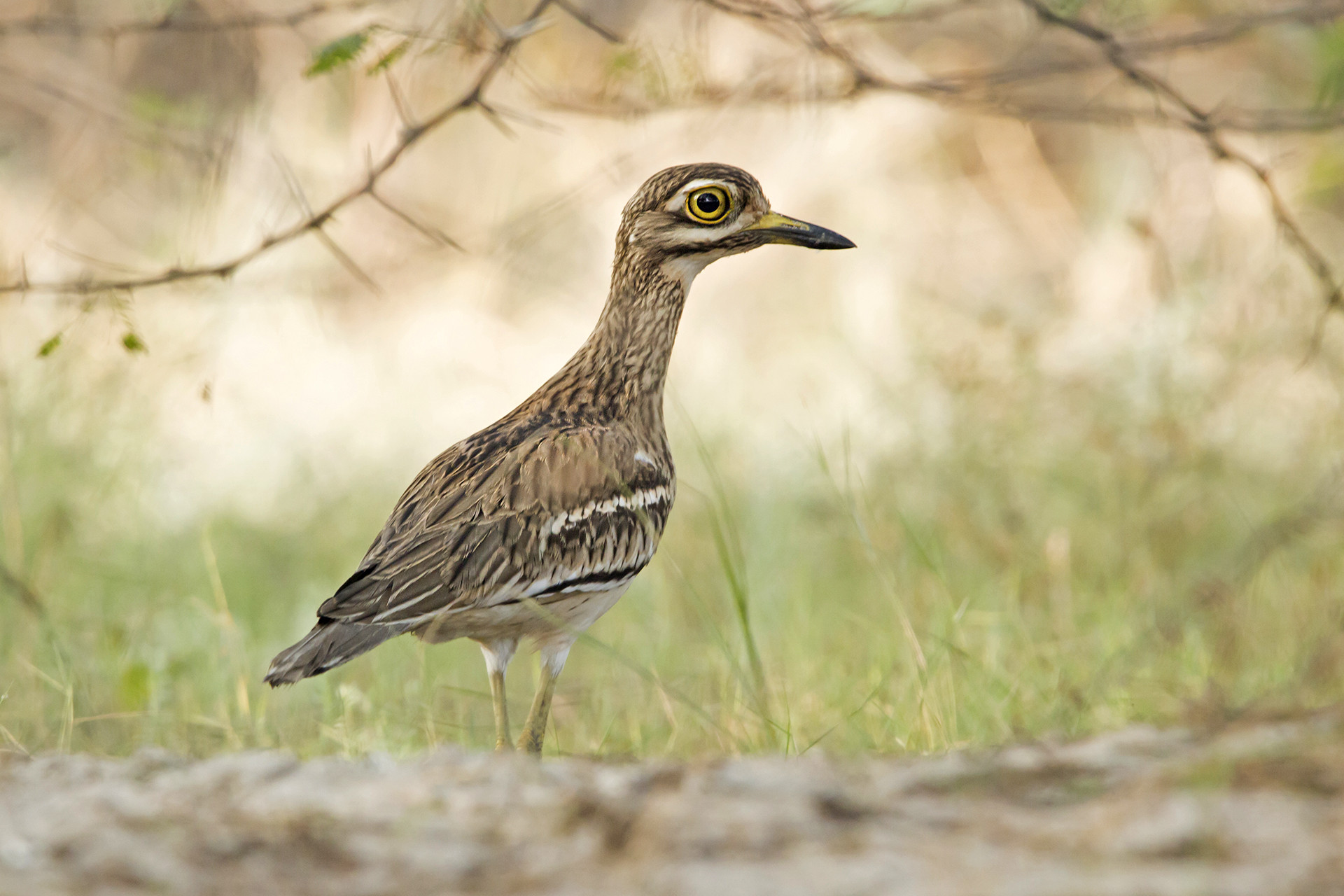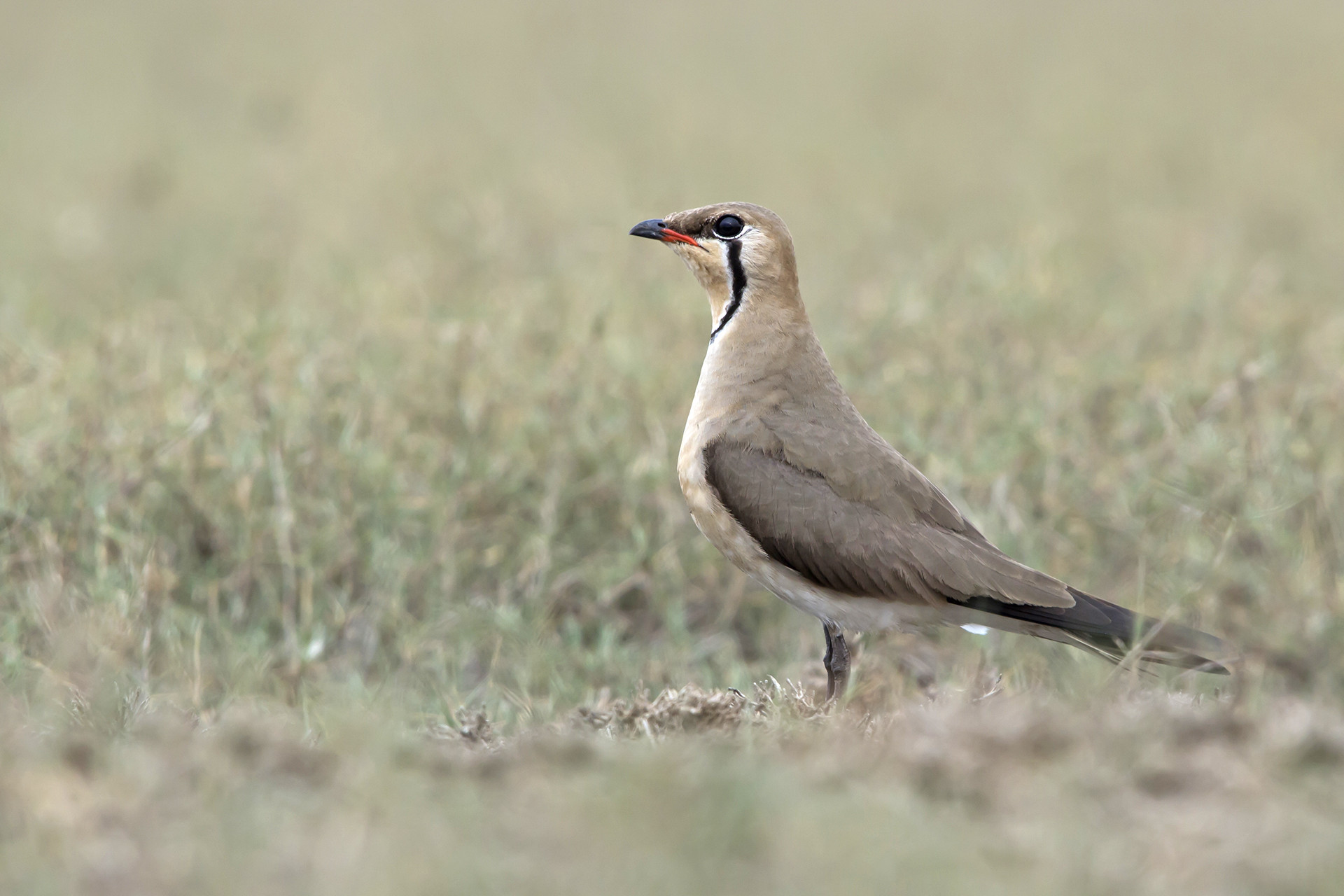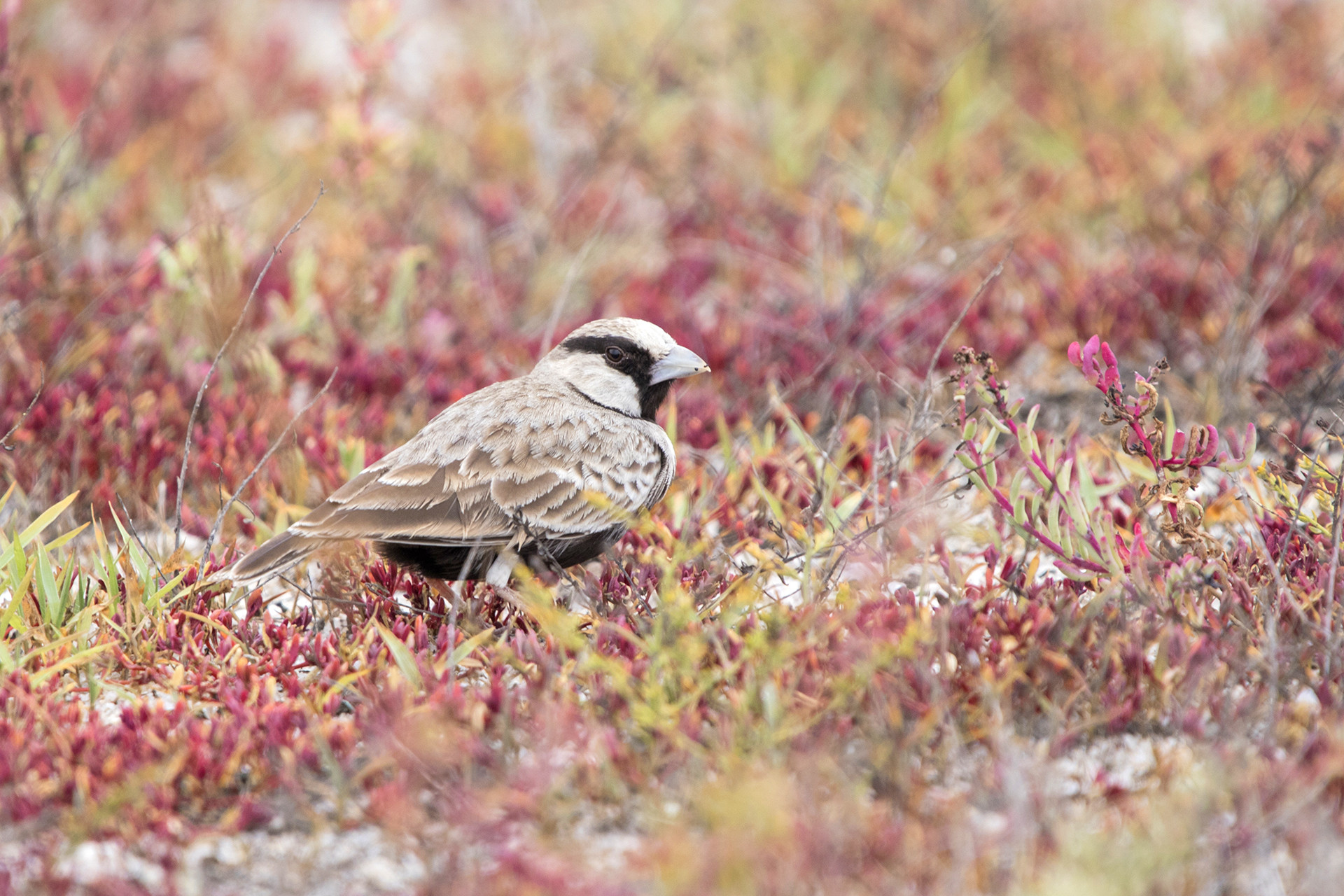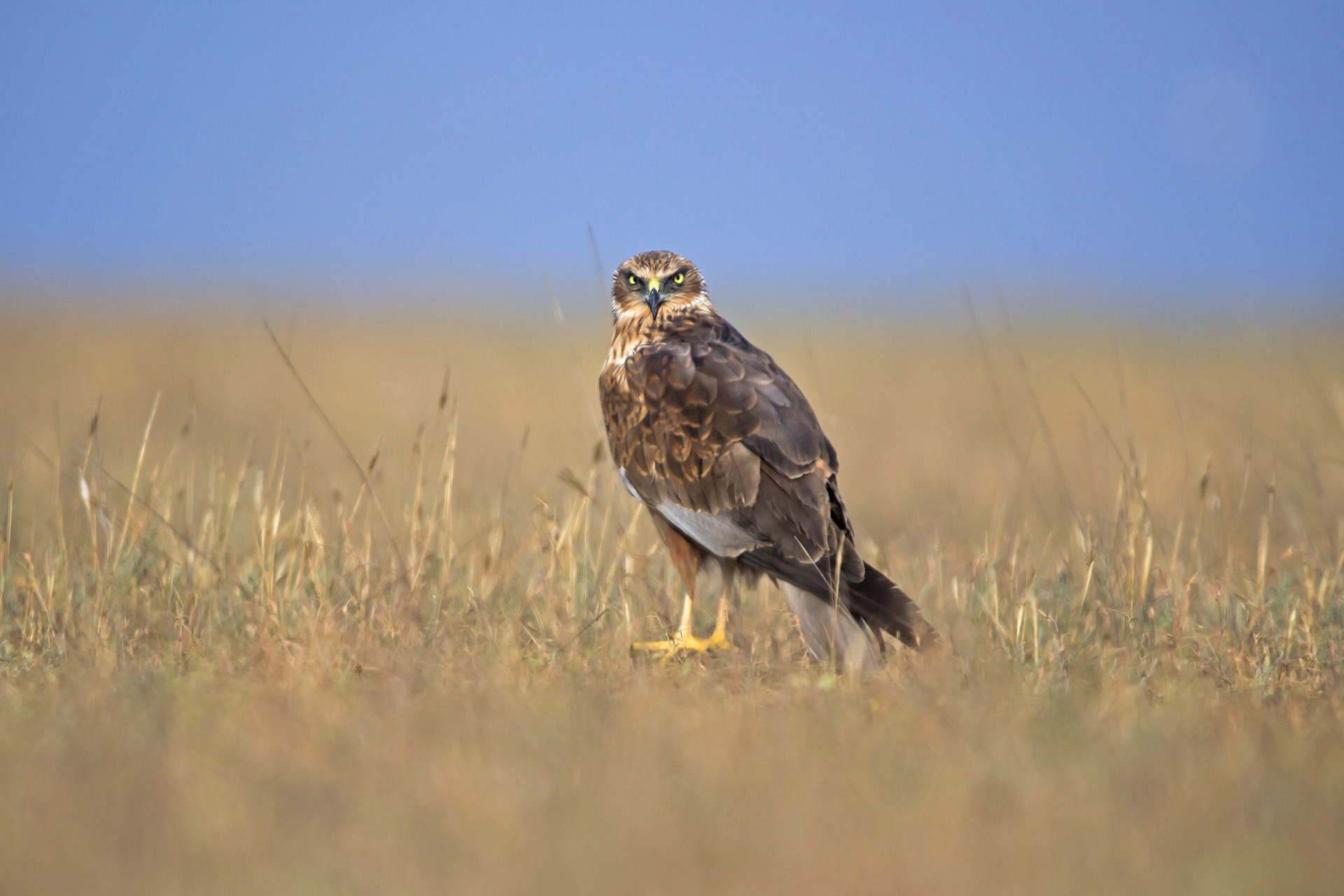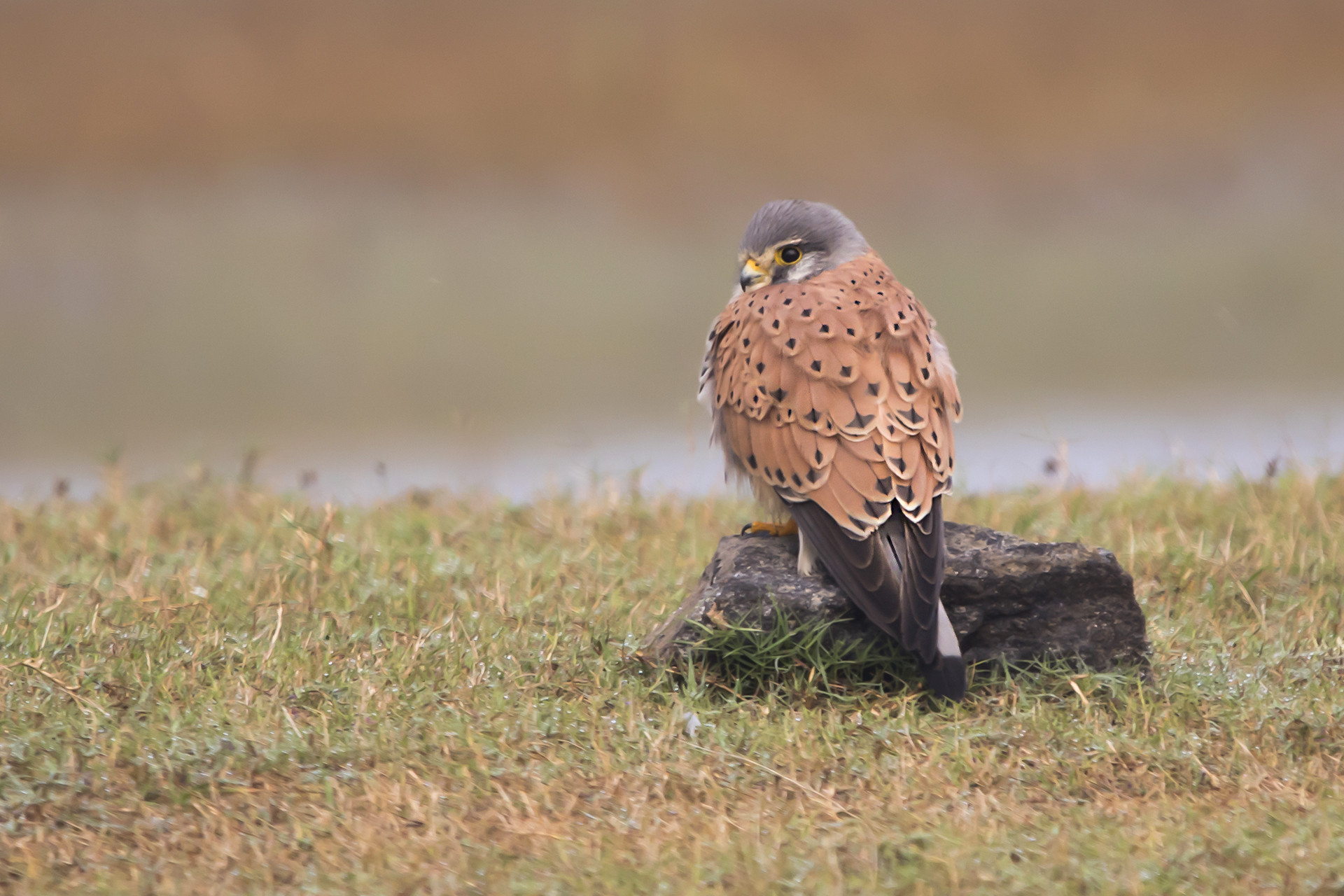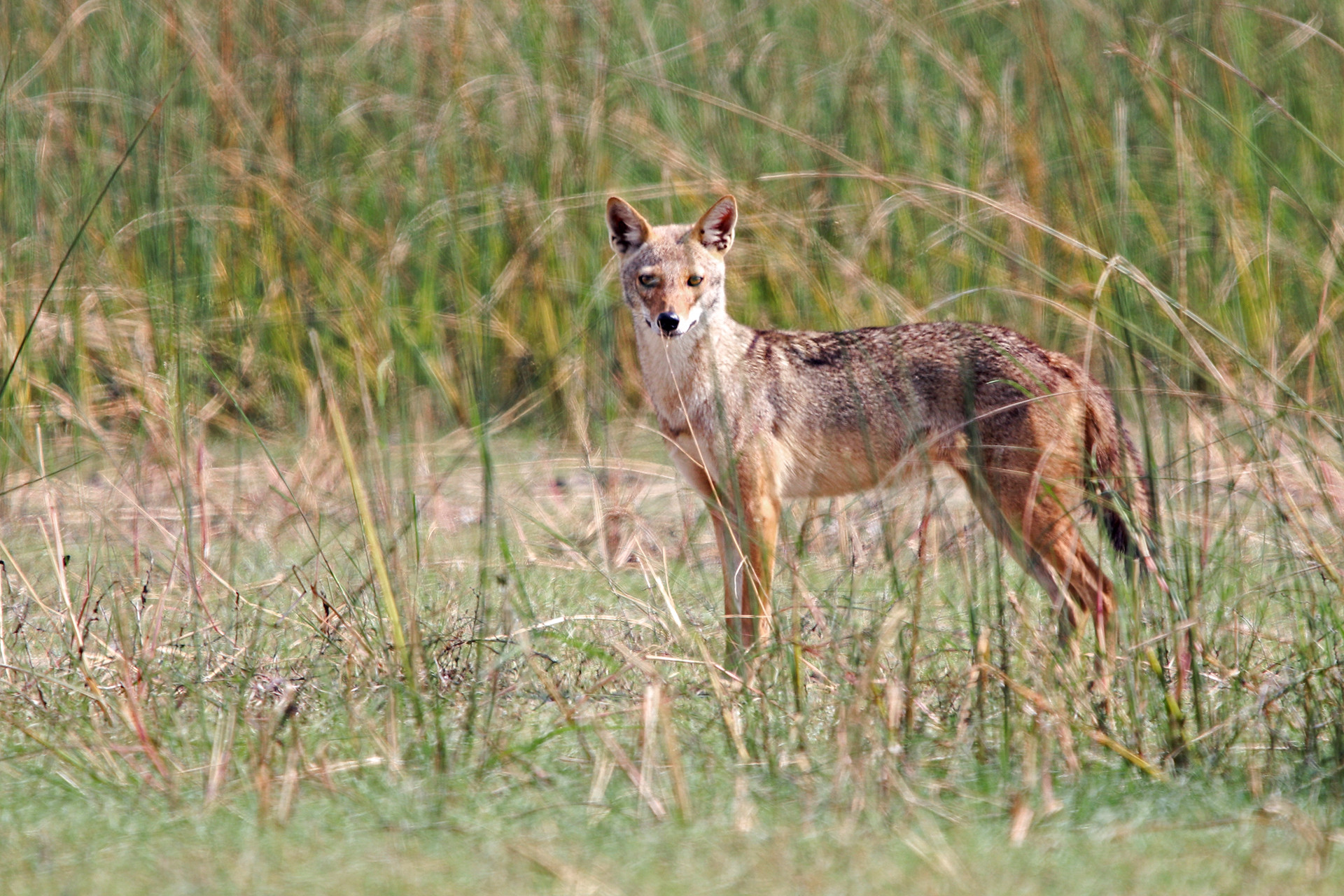Nature’s temperament and conviction have always seen it expand its horizons to greater possibilities that often contradict one another. Wetlands are a perfect example of the dualities and contradictions in nature, where you find examples of extreme wet and dry seasons in the same habitat.
Kaliveli, a coastal wetland, around 23km from my hometown, Pondicherry, is one of my favourite birding destinations. This enormous wild expanse is in a constant state of flux. During monsoons, more than half of the wetland is submerged in an average depth of 2m of water. Whereas, during peak summer, the wetland consists of only a few muddy puddles. For the most part, I venture to Kaliveli to experience this ambivalence of nature. When flooded, it is host to a wide array of waterfowl, and during the peak heat of summer, the wetland is reduced to a host of dwindling populations of scrubland birds.
On the periphery of the wetlands resides a local community that has used a small portion of this land to cultivate paddy. These paddy fields are host to egrets, Pond Herons, Open-billed Storks, Black-headed Ibis and cormorants. The dynamics of cultivation and the effects it has on this wetland have not yet created a drastic impact. However, we do know that paddy fields utilise a massive amount of water, supplied by the wetland itself – something, if ignored, can take a toll on the health of these marshes. The feud between human sustenance and ecological changes still remains.
During monsoons, Kaliveli welcomes migratory birds from their wintering grounds in Eurasia. There are times when the water turns into a sea of pink as Greater Flamingos flock in abundance. In other areas, plovers, stints, and Black-winged Stilts take flight every now and then, in what can best be described as ‘co-ordinated disorder’. Banking from side to side, revealing their white bellies and their sandy brown plumage, it is nearly impossible to ignore these smaller members amongst giants like the Painted Stork.
Once settled, these shorebirds can be seen along the muddy banks, looking for critters to eat. Not too far away from the bank are Northern Shovelers and pintails fluttering above the water, giving the impression that they are just a few amongst the long reeds. They then rise from the water, like dust in the air, and fill the sky with their contrasting colours – the green and white of the males and the not-so-dull brown females.
Once the monsoons come to an end and the water level subsides, the nutrients collected from the excretion of migratory birds play a vital role in enriching the soil. This results in a lush growth of a colourful species of grass wherein Ashy-crowned Sparrow-larks stand out amongst the sea of red. With the face of a masked bandit, they move in staccato movements, chasing little grasshoppers to feed. Significantly larger but surprisingly more camouflaged is the Indian Thick-knee. With big bright eyes, suited for a crepuscular lifestyle, they spend the hot days under the thick thorny cover of a species of Prosopis tree, the umbrella-like branching providing shelter from the scorching sun. Further away, sensing my presence, pratincoles are hovering and circling above a patch of grass, crying their alarm call, warning their young ones of possible danger.
While the monsoon season comes with a variety of life, the fervours of the heat waves bring with it kestrels and kites. One of the more colourful raptors found here is the Common Kestrel, with its distinctive grey head and deep orange plumage with black diamond-shaped blotches. Like their relatives, the falcons, kestrels also have a black streak running down their eyes like permanent tear marks. This skilled hunter has learned to adapt its diet; killing plovers and ducks that are found in abundance during the wet season, and scanning and scouring the arid landscape for meagre pickings during the summer months.
But there is one participant in this drama of wildlife who also benefits from dry grounds, the Golden Jackal. In the past four years that I have visited Kaliveli during the monsoons, the jackal was never to be seen. The monsoons make it nearly impossible for the jackal to cross the water bodies, but they are well-adapted to survive harsher conditions. During May, June and July, they can be seen out and about, in search of their next meal.
Kaliveli and its inhabitants do not just survive but thrive during the summer months. Censuses and other researches are being conducted on the number of waterfowl that flock here from far away, but little is said about Kaliveli when this land is parched and yet brimming with life. Surviving these harsh conditions hardly seems like a pleasant affair, but life here has learned to adapt well, even with the advent of global warming and the heat waves that are getting stronger every year. Using invasive species such as the Prosopis to hunt for their food or to take refuge from the hot midday sun when required – it is safe to say that they too are firefighters of the natural world.
